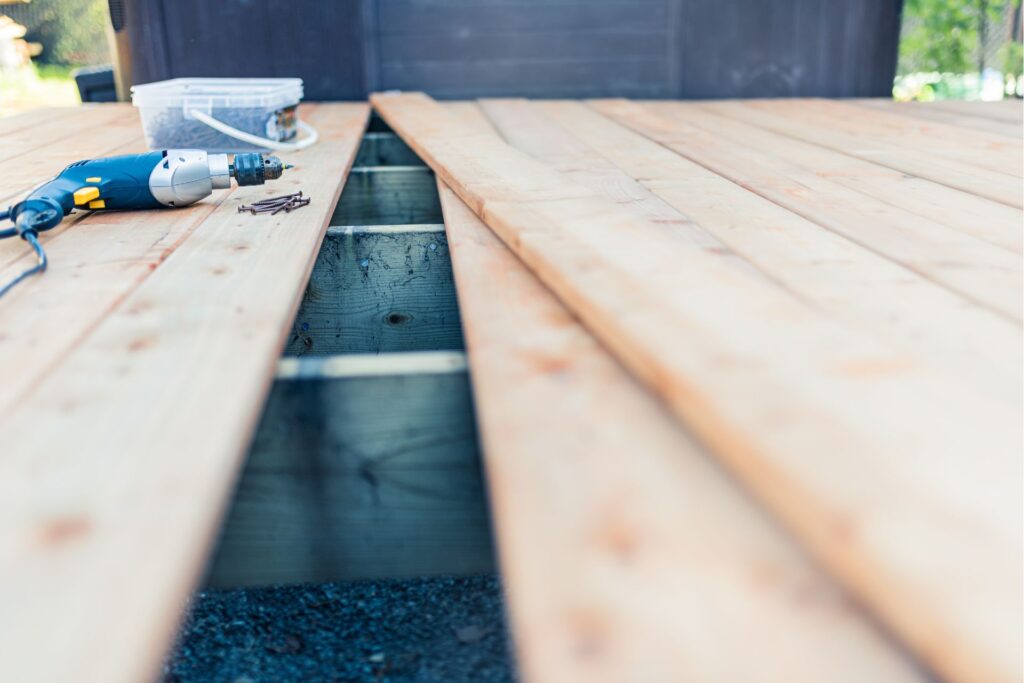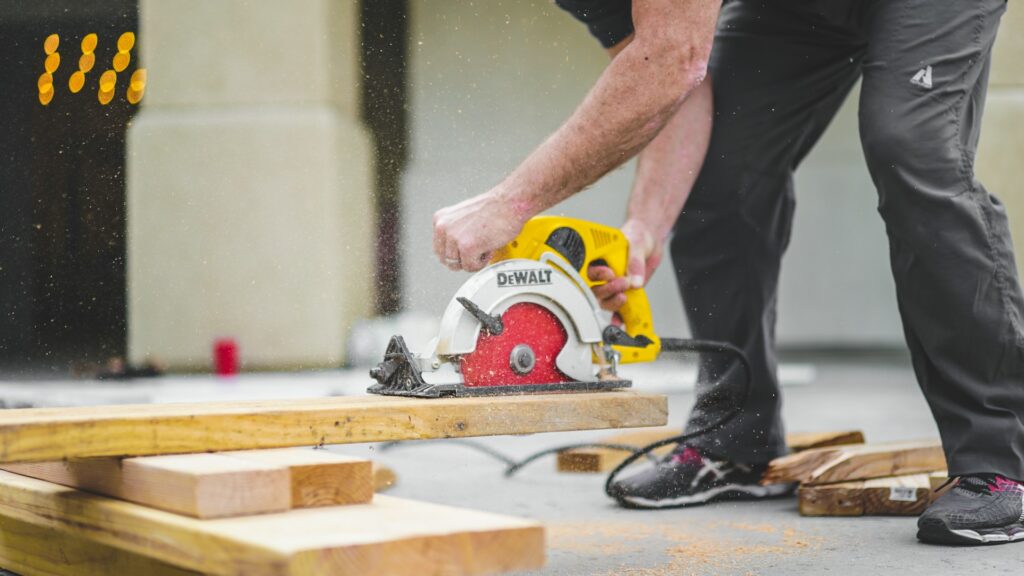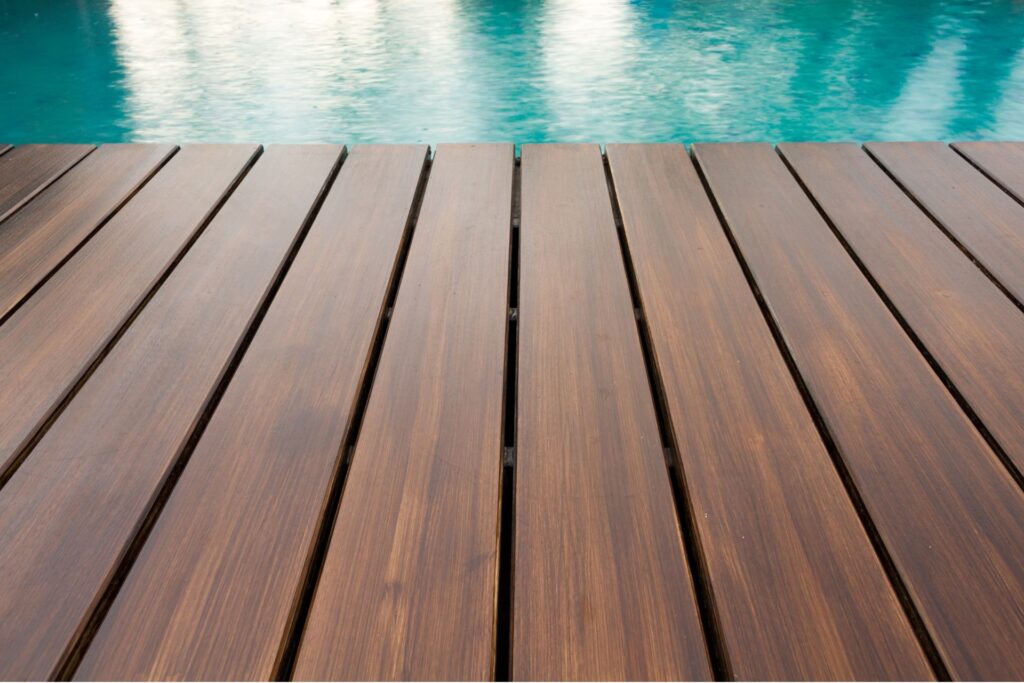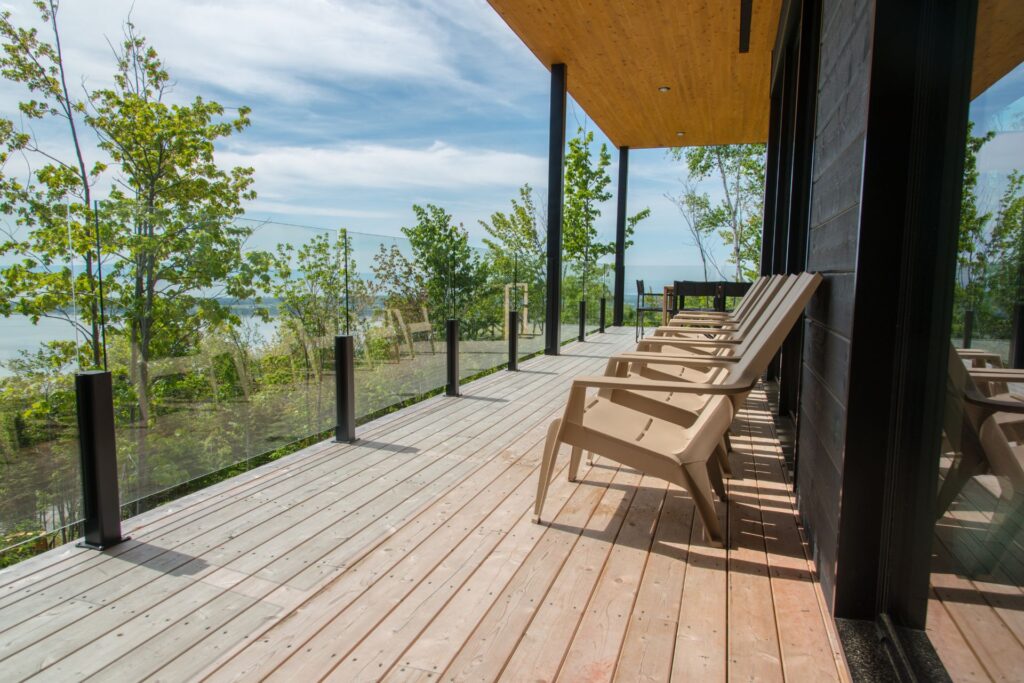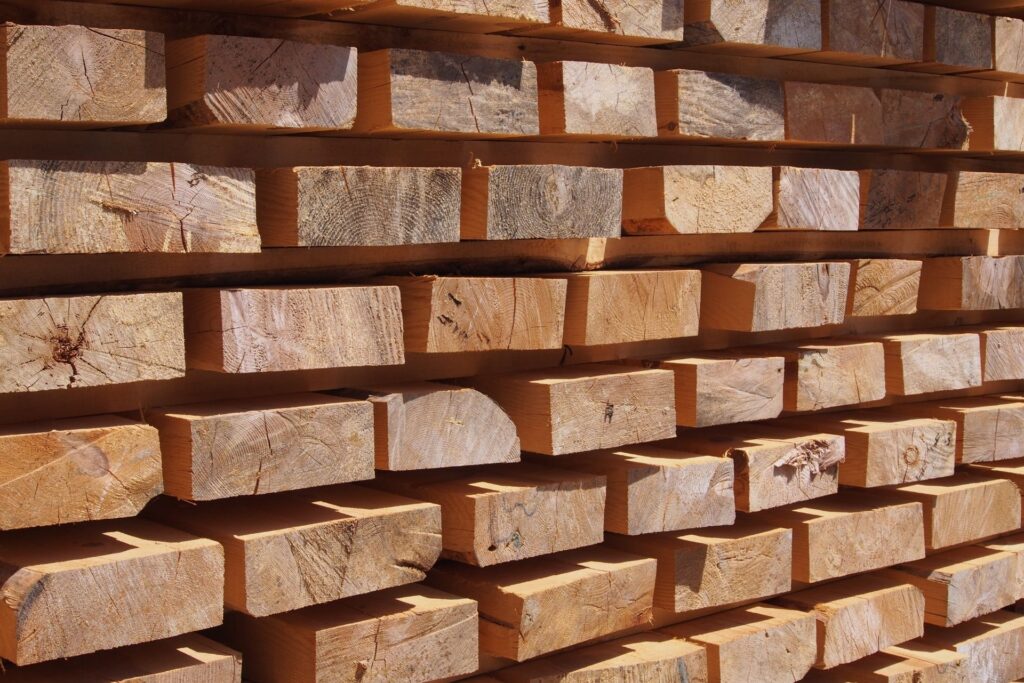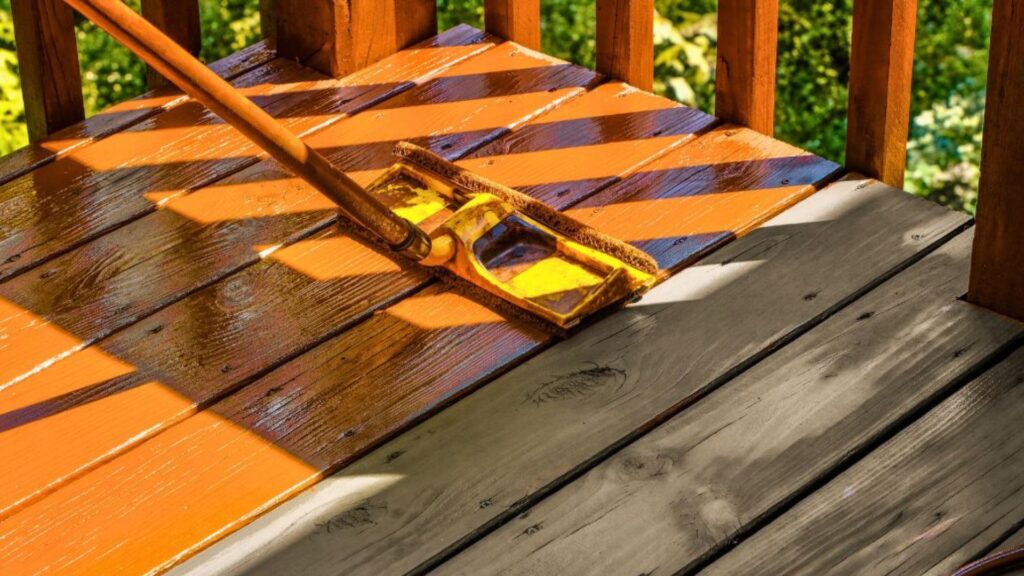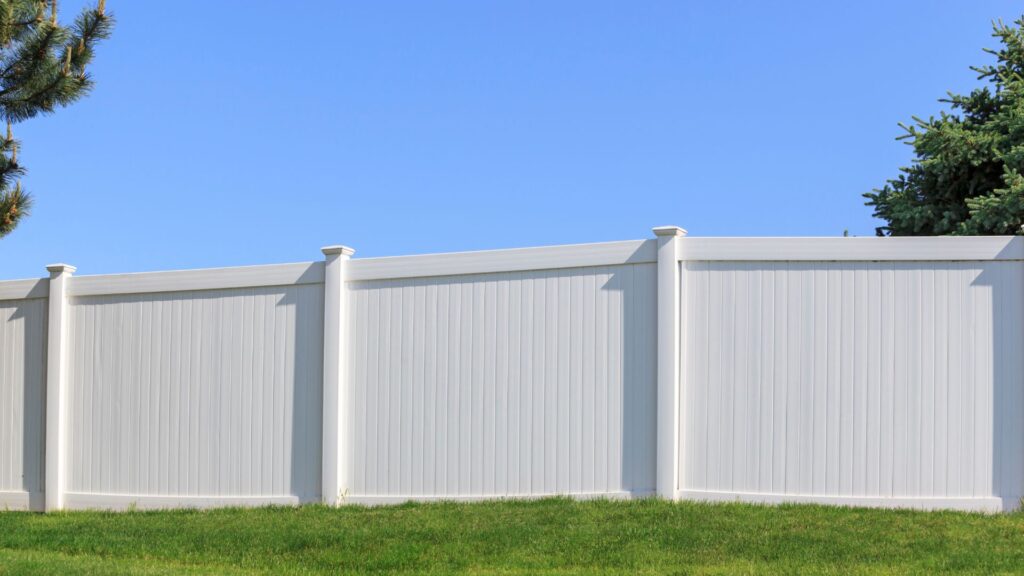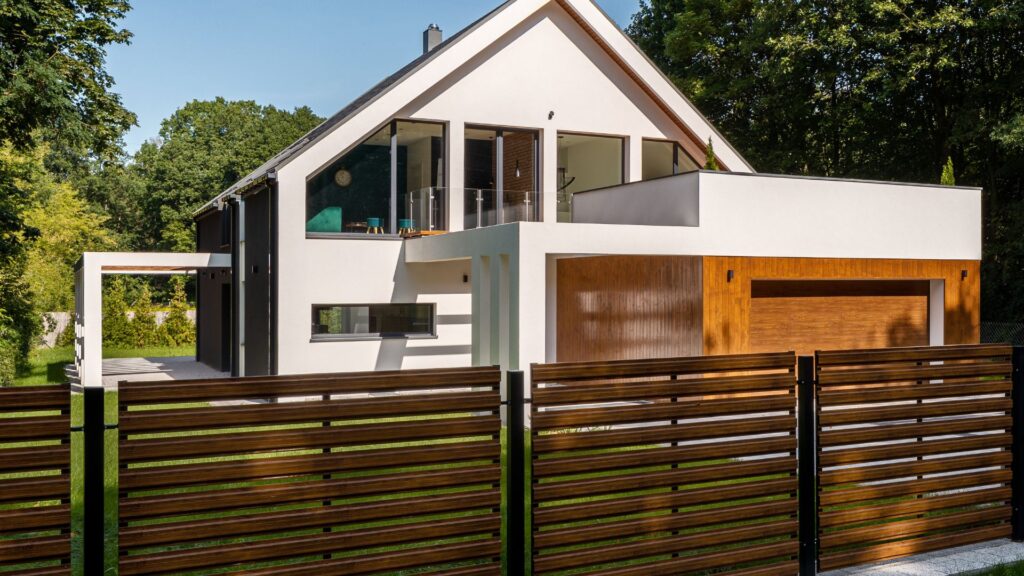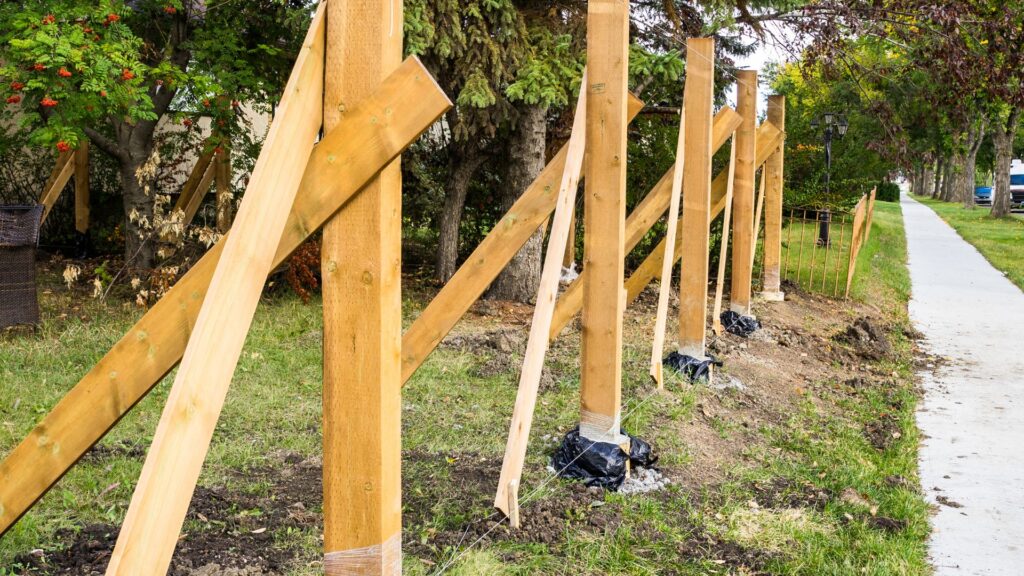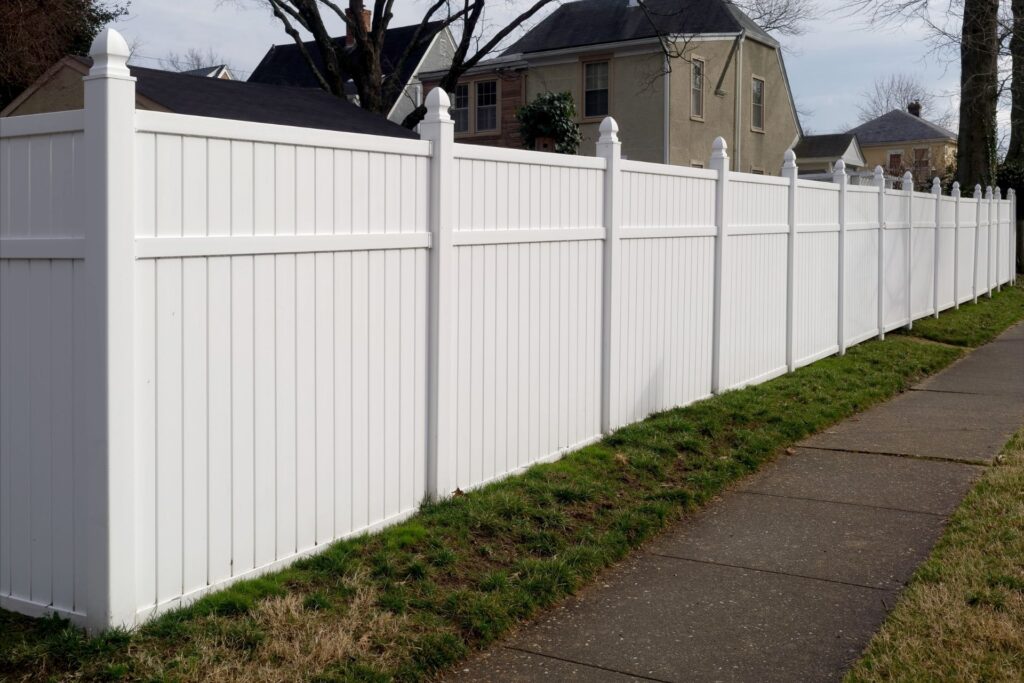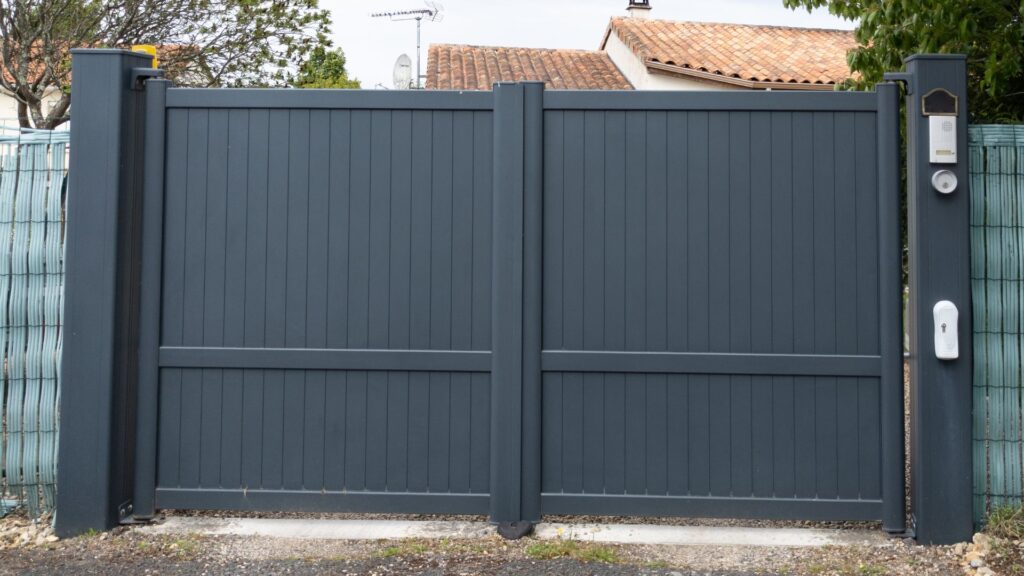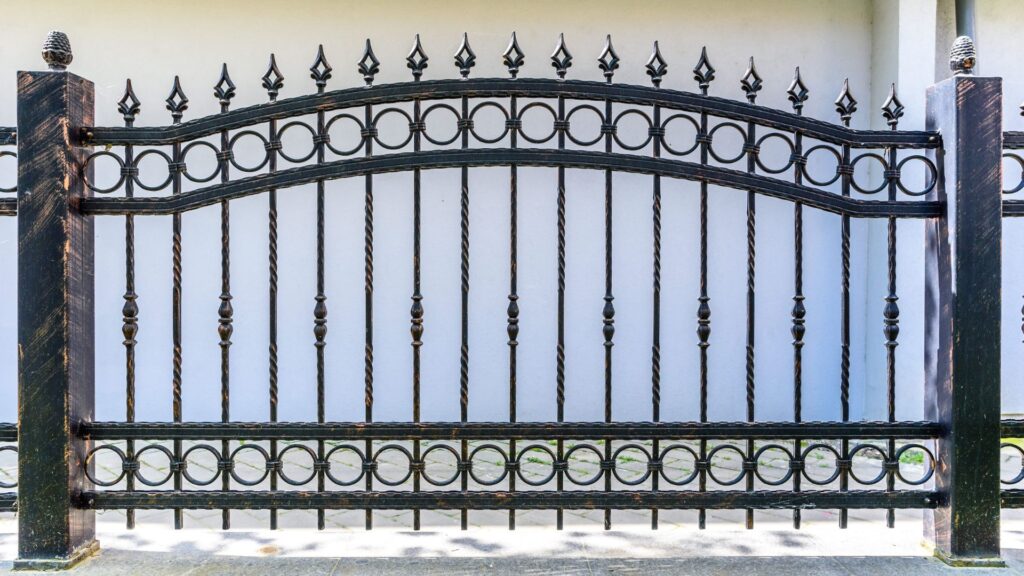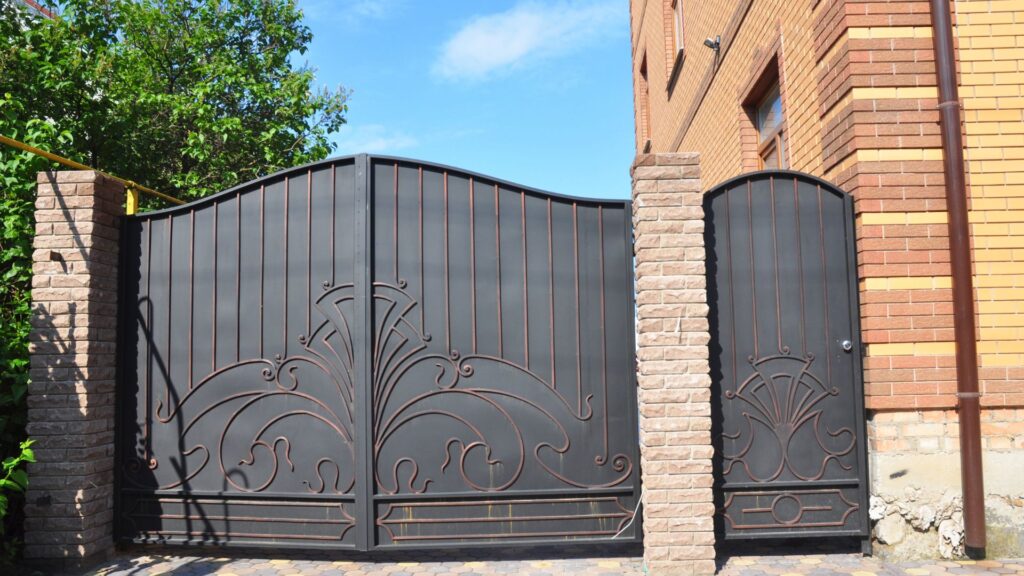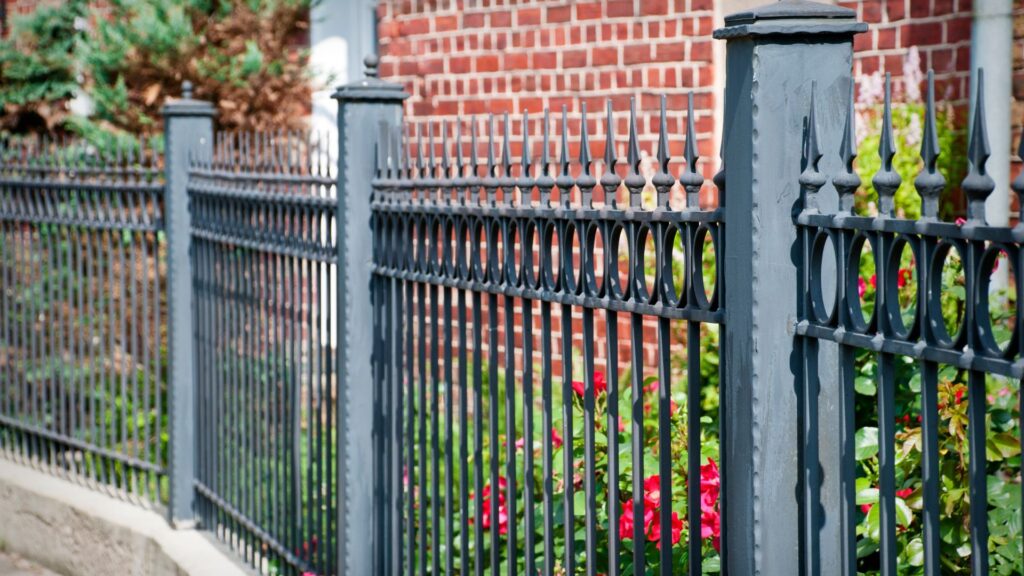Welcome to our comprehensive guide on the types of decking available in New Zealand. Whether you’re looking to enhance your outdoor living space or simply want to add value and aesthetic appeal to your home, choosing the right decking material is crucial. In this guide, we’ll explore the various options available, from traditional timber to modern composites, and help you understand the pros and cons of each. By considering factors like durability, maintenance, cost, and sustainability, you’ll be equipped to make an informed decision that suits your lifestyle and budget. Let’s dive into the world of decking and discover the best choice for your New Zealand home.
The most popular types of decking in New Zealand include timber, composite, hardwood, PVC, and bamboo. Timber options like Kwila and Pine are cherished for their natural beauty and durability. Composite decking offers a low-maintenance, eco-friendly alternative made from recycled materials. Hardwood choices such as Jarrah and Balau provide premium aesthetics and strength, while PVC decking ensures maximum durability with minimal upkeep. Bamboo decking stands out as a sustainable option, offering a unique look and environmentally friendly benefits. Each type has its pros and cons, making it important to choose based on your specific needs, budget, and preferences.
Why Decking Is Popular In New Zealand
Cultural and Practical Reasons
Decking has become a quintessential feature in many New Zealand homes, blending seamlessly into the country’s cultural fabric and practical needs. From a cultural perspective, New Zealanders, often referred to as Kiwis, have a deep connection with nature and the outdoors. This affinity for outdoor living is evident in the design and layout of many homes, where decking provides a perfect extension of the indoor living space, facilitating a seamless transition to the outdoors. It creates a versatile area for social gatherings, family activities, and relaxation, reflecting the Kiwi spirit of hospitality and love for entertaining.
On a practical level, decking offers a functional solution to uneven terrains, making it easier to create usable outdoor spaces on sloped or irregular plots of land. This is particularly beneficial in New Zealand, where the landscape can be quite varied. Additionally, decks are relatively easy to construct and maintain compared to other outdoor surfaces like concrete patios. This practicality makes decking an appealing choice for homeowners looking to enhance their property’s value and usability without extensive renovation work.
Role of Outdoor Living in New Zealand’s Lifestyle
Outdoor living is a cornerstone of the New Zealand lifestyle. The country’s temperate climate, stunning natural scenery, and relatively low population density encourage outdoor activities and living. Decks serve as a focal point for outdoor enjoyment, whether it’s a summer barbecue, a quiet evening under the stars, or a morning coffee while enjoying the view. The design of homes often includes large windows and doors that open onto decks, further blurring the lines between indoor and outdoor spaces and enhancing the sense of openness and connection to nature.
Moreover, the emphasis on outdoor living is not just about leisure. It extends to practical activities such as gardening, where a deck can serve as a staging area for potting plants or setting up an outdoor kitchen. This multifunctional aspect of decking makes it a valuable addition to New Zealand homes, accommodating a range of activities that resonate with the Kiwi lifestyle.
Impact of Climate on Decking Choices
New Zealand’s climate plays a significant role in the choice of decking materials and designs. The country experiences a variety of climatic conditions, from the humid subtropical north to the cooler temperate south. These conditions influence the selection of decking materials to ensure durability and longevity.
For instance, hardwoods like Kwila and Vitex are popular choices due to their resistance to moisture and decay, which is crucial in wetter regions. Composite decking is also gaining popularity as it offers low maintenance and high durability, suitable for New Zealand’s diverse weather patterns. Additionally, the use of treated pine is common due to its affordability and ability to withstand the elements when properly maintained.
The climate also dictates certain design considerations. Decks in regions with high rainfall might include built-in drainage systems to prevent water accumulation and extend the deck’s lifespan. In areas with strong sunlight, homeowners might opt for materials with UV protection to prevent fading and damage. These climate-responsive choices ensure that decks remain functional and aesthetically pleasing throughout the year, regardless of the weather conditions.
In summary, decking’s popularity in New Zealand can be attributed to a combination of cultural affinity for outdoor living, practical benefits, and climate considerations. By integrating these elements, decks provide a versatile, enjoyable, and sustainable outdoor space that aligns with the Kiwi way of life.

Key Considerations When Choosing Decking
When it comes to choosing decking for your outdoor space, several critical factors should guide your decision. Whether you’re renovating an existing deck or planning a new one, understanding these key considerations can help you make an informed choice that suits your needs and preferences. Let’s dive into the essential aspects to consider:
Durability: Withstanding New Zealand’s Weather
New Zealand’s weather can be quite unpredictable, with its mix of heavy rain, strong winds, and intense UV exposure. Therefore, durability is a top priority when selecting decking materials. Here are a few popular options:
1. Hardwoods: Known for their strength and resilience, hardwoods like Kwila and Vitex are excellent choices for durability. They can withstand harsh weather conditions and last for decades with proper care.
2. Composite Decking: Made from a blend of wood fibers and plastic, composite decking is engineered to be highly durable. It resists warping, splintering, and insect damage, making it a robust option for New Zealand’s climate.
3. Softwoods: While softer woods like pine are more affordable, they require treatment to enhance their durability. Regular maintenance and treatment are crucial to prevent decay and extend their lifespan.
Maintenance: Ease of Upkeep and Long-term Care Requirements
The level of maintenance required for your decking can significantly impact your choice. Here’s what you need to know:
1. Hardwoods: While highly durable, hardwood decks need periodic staining or oiling to maintain their appearance and protect them from the elements. This might mean an annual maintenance routine, which can be time-consuming.
2. Composite Decking: One of the main advantages of composite decking is its low maintenance needs. It doesn’t require staining, painting, or sealing. A simple wash with soap and water is usually enough to keep it looking great.
3. Softwoods: Treated softwoods require regular maintenance to ensure longevity. This includes reapplying preservative treatments and inspecting for signs of rot or insect damage.
Aesthetics: Matching Decking Style with Home Design
Your decking should complement the overall design of your home and enhance its aesthetic appeal. Consider the following:
1. Color and Finish: Decking materials come in various colors and finishes. For a natural look, hardwoods and some composites offer beautiful grain patterns and rich hues. If you prefer a more uniform appearance, composite decking provides a wide range of color options.
2. Texture: The texture of the decking surface can also influence aesthetics and safety. Smooth surfaces provide a sleek look, while textured or grooved surfaces can add visual interest and slip resistance.
3. Compatibility: Ensure that the style of your deck harmonizes with your home’s architecture and landscape. For modern homes, sleek composite decking might be ideal, whereas traditional homes might benefit from the classic appeal of natural wood.
Cost: Initial Investment versus Long-term Value
Budget is always a crucial factor in any home improvement project. When evaluating the cost of decking materials, consider both the initial investment and the long-term value:
1. Hardwoods: Typically more expensive up front, hardwoods like Kwila offer excellent durability and aesthetic appeal, which can add significant value to your home over time.
2. Composite Decking: Though initially pricier than treated softwoods, composite decking’s low maintenance costs can result in savings over its lifespan, making it a cost-effective option in the long run.
3. Softwoods: Treated pine is usually the most affordable option. However, factor in the ongoing maintenance costs and potential for shorter lifespan compared to more durable materials.
Sustainability: Eco-friendly Options and Their Benefits
In today’s environmentally conscious world, choosing sustainable decking materials can contribute to reducing your carbon footprint:
1. Recycled Materials: Composite decking made from recycled wood and plastic is an eco-friendly choice. It reduces waste and conserves natural resources.
2. Sustainable Wood: Opt for decking sourced from sustainably managed forests. Look for certifications like FSC (Forest Stewardship Council) to ensure the wood is harvested responsibly.
3. Longevity and Lifespan: Durable materials that last longer reduce the need for frequent replacements, thereby conserving resources and reducing environmental impact.
In conclusion, selecting the right decking involves balancing several factors, including durability, maintenance, aesthetics, cost, and sustainability. By carefully considering these aspects, you can choose a decking material that not only enhances your outdoor space but also aligns with your lifestyle and values.

Types Of Decking Materials Available In New Zealand
When it comes to choosing decking materials in New Zealand, homeowners and builders have a variety of options, each with its own set of benefits and drawbacks. This comprehensive guide will walk you through the different types of decking materials available, helping you make an informed decision for your next outdoor project.
Timber Decking
Timber decking is a traditional and popular choice for many New Zealand homes. Its natural beauty and versatility make it a favorite for creating inviting outdoor spaces.
Types of Timber
Kwila
Kwila, also known as Merbau, is renowned for its durability and rich, reddish-brown color. This hardwood is highly resistant to rot and insect damage, making it an excellent choice for outdoor use. However, Kwila can be on the pricier side, reflecting its high quality and longevity.
Pine
Pine is an affordable and widely available timber option. It is often treated to enhance its resistance to weather and pests, making it a practical choice for budget-conscious homeowners. Treated pine offers good durability and can be easily stained or painted to suit any design preference.
Vitex
Vitex is appreciated for its attractive appearance and sustainability. This hardwood has a light color that weathers to a beautiful silver-grey over time. Vitex is also known for its durability and low environmental impact, as it is harvested from sustainable sources.
Pros and Cons:
Timber decking provides a natural look and feel that blends seamlessly with outdoor environments. However, it requires regular maintenance, such as staining and sealing, to protect it from weathering and prolong its lifespan. Timber can also be prone to splintering and warping if not properly cared for.
Composite Decking
Composite decking is a modern alternative to traditional timber, offering low maintenance and long-lasting durability. It is an increasingly popular choice among New Zealand homeowners.
Materials Used
Composite decking is made from a blend of wood fibers and recycled plastics. This combination creates a sturdy, weather-resistant material that mimics the appearance of natural wood.
Pros and Cons
One of the biggest advantages of composite decking is its low maintenance requirements. It does not need staining or sealing and is resistant to rot, mold, and insects. Composite decking is also highly durable, although it comes with a higher initial cost compared to timber. Additionally, some composite materials may fade over time when exposed to direct sunlight.
Hardwood Decking
Hardwood decking is a premium choice, often associated with luxury homes. It offers exceptional durability and an elegant aesthetic.
Types of Hardwoods
Jarrah
Jarrah is known for its rich, deep red color and remarkable resilience. This hardwood is extremely durable and can withstand harsh weather conditions, making it ideal for outdoor use. Jarrah is also resistant to rot and insect damage, ensuring a long-lasting deck.
Balau
Balau is another strong and beautiful hardwood. It has a dense grain and a warm, golden-brown hue that enhances the look of any outdoor space. Balau’s strength and natural resistance to wear and tear make it a top choice for decking.
Pros and Cons
Hardwood decking offers high durability and a stunning appearance that adds value to any property. However, it comes with a higher cost and heavier weight, which can make installation more challenging. Regular maintenance is also necessary to preserve its beauty and longevity.
PVC Decking
PVC decking is a synthetic option designed for maximum durability and low maintenance. It is made entirely from plastic, providing a highly resilient decking material.
Features
PVC decking is 100% plastic, which makes it resistant to moisture, insects, and rot. It is available in a variety of colors and finishes, allowing homeowners to choose a look that suits their style.
Pros and Cons
The extreme durability of PVC decking means it will not splinter, warp, or rot, and it requires very little maintenance. However, PVC decking can be more expensive than other options and may lack the natural look of timber. Some homeowners might also find it less appealing due to its synthetic appearance.
Bamboo Decking
Bamboo decking is an eco-friendly and sustainable option that has gained popularity in recent years. Bamboo is a fast-growing and renewable resource, making it an environmentally conscious choice.
Features
Bamboo decking has a unique appearance with a fine, linear grain that can add a distinctive look to outdoor spaces. It is also strong and durable when properly treated.
Pros and Cons
One of the main advantages of bamboo decking is its environmental friendliness. It is a renewable resource that grows quickly, reducing the impact on forests. Bamboo decking also offers a unique and attractive appearance. However, it requires proper treatment to prevent damage from moisture and insects, and it may not be as durable as some hardwoods.
By understanding the different types of decking materials available in New Zealand, you can choose the one that best fits your needs, budget, and aesthetic preferences. Whether you opt for the natural beauty of timber, the low maintenance of composite, the luxury of hardwood, the durability of PVC, or the sustainability of bamboo, there is a decking material that will help you create the perfect outdoor space.
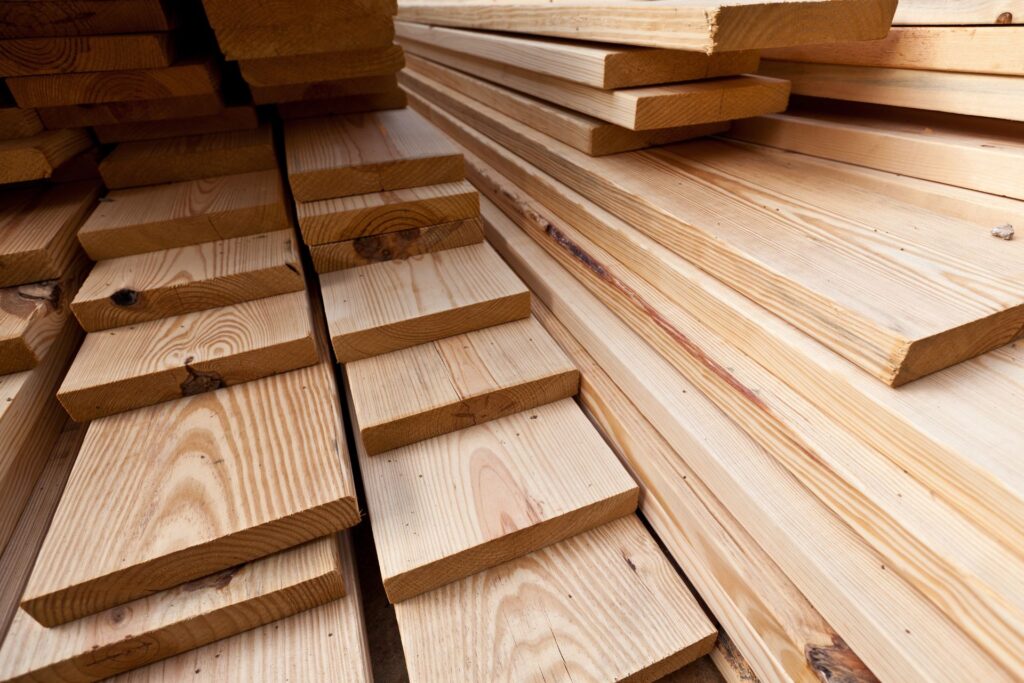
Comparing Decking Materials
When it comes to choosing the best decking material for your outdoor space in New Zealand, there are several factors to consider. Let’s delve into the critical aspects such as durability, maintenance, cost, environmental impact, and aesthetic appeal to help you make an informed decision.
Durability and Longevity
New Zealand’s weather can be quite challenging for outdoor materials, with its high UV levels, heavy rainfall, and humidity. Therefore, durability is a top priority. Hardwood timbers like Kwila and Vitex are renowned for their longevity and resistance to decay and insects, making them excellent choices for enduring the elements. Composite decking, made from a blend of wood fibers and plastic, also offers superior durability, resisting warping, splintering, and rot. On the other hand, softwoods like pine, especially when treated, can last many years but may not match the lifespan of hardwoods and composites under harsh NZ conditions.
Maintenance Requirements
Maintenance is a crucial consideration for decking materials, influencing both time and cost over the long term. Hardwood decking, while durable, requires regular maintenance such as oiling and sealing to maintain its appearance and protect it from the elements. Composite decking, in contrast, is relatively low-maintenance. It typically needs just a simple wash with soapy water to keep it looking its best. Treated pine, a popular choice due to its affordability, also demands regular treatment to prevent weathering and extend its lifespan. The maintenance frequency and effort can significantly influence your choice based on your lifestyle and preferences.
Cost Analysis
Understanding the cost implications of different decking materials is essential for budgeting both the initial installation and ongoing maintenance. Hardwood options like Kwila are generally more expensive upfront due to their high quality and long lifespan. Composite decking also falls on the higher end of the price spectrum, but its minimal maintenance requirements can make it a cost-effective option over time. Treated pine is usually the most affordable initially but may incur higher maintenance costs in the long run due to the need for regular treatments and potential replacements.
Environmental Impact
The sustainability of decking materials is becoming an increasingly important factor for many homeowners. Hardwood decking, when sourced from certified sustainable forests, can be an environmentally friendly option. However, illegal logging and deforestation are concerns that need to be addressed. Composite decking, often made from recycled materials, offers a sustainable alternative with its use of recycled plastics and wood fibers. Treated pine, while less sustainable due to the chemicals used in its treatment process, is more eco-friendly if sourced from sustainably managed plantations. Evaluating the environmental impact involves looking at the entire lifecycle of the material from production to disposal.
Aesthetic Appeal
Finally, the aesthetic appeal of your decking material can significantly influence the overall look and feel of your outdoor space. Hardwoods like Kwila develop a rich, deep color and a beautiful patina over time, enhancing their natural beauty. Composite decking is available in a wide range of colors and finishes, allowing for a customized look that can mimic the appearance of natural wood without the need for staining or painting. Treated pine, while less visually striking than hardwoods, can be stained or painted to match your desired aesthetic. The way each material ages and weather can add character to your deck, but personal preference will play a significant role in your choice.
By carefully considering these factors, you can choose the decking material that best suits your needs, lifestyle, and environmental values, ensuring that your outdoor space remains a beautiful and functional part of your home for years to come.

Tips For Choosing The Right Decking Material
Assessing Your Needs: Considering Lifestyle, Budget, and Personal Preferences
When it comes to selecting the perfect decking material, the first step is to evaluate your specific needs and circumstances. Think about your lifestyle—do you love hosting outdoor parties, or do you prefer a quiet, private space for relaxation? If you have a family with children and pets, you’ll need a durable and safe surface. Your budget is another crucial factor. While natural wood may look appealing, it often comes with higher maintenance costs compared to composite materials. Finally, personal preferences play a significant role. Do you favor the natural look and feel of timber, or do you lean towards the modern, sleek appearance of composite decking? By taking these aspects into account, you can narrow down your options and make a more informed decision.
Consulting with Experts: When to Seek Professional Advice
Choosing the right decking material can be overwhelming, given the variety of options available. This is where consulting with experts can be incredibly beneficial. Professional builders and decking specialists have extensive knowledge and experience with different materials and can provide insights that you might not consider. They can advise you on the best materials for your local climate, potential pitfalls, and maintenance requirements. If you’re uncertain about which direction to take, seeking professional advice can save you time and money in the long run, ensuring that your decking project is successful and meets your expectations.
Trying Samples: The Importance of Seeing and Feeling the Material Before Purchasing
Before committing to a decking material, it’s essential to try samples. Pictures and descriptions can only convey so much—seeing and feeling the material in person can make a significant difference in your decision-making process. By handling samples, you can assess the texture, weight, and overall quality of the materials. This hands-on approach also allows you to see how different materials look in natural light and in the context of your home’s exterior. Many suppliers offer sample kits, so take advantage of this opportunity to make a more informed choice. This step can prevent future disappointment and ensure that you’re completely satisfied with your new deck.
Long-Term Planning: Thinking About Future Use and Potential Resale Value
When selecting a decking material, it’s essential to think long-term. Consider how you plan to use your deck in the future. Will it primarily be a space for family gatherings, or do you envision it as an area for personal relaxation? Your plans can influence the best material choice. Additionally, think about the potential resale value of your home. A well-maintained deck can significantly increase your property’s value and appeal to prospective buyers. Some materials, like composite decking, require less maintenance and retain their appearance longer, which can be a selling point. By considering future use and resale value, you can choose a decking material that not only meets your current needs but also adds value to your home in the long run.
In conclusion, selecting the right decking material involves careful consideration of your lifestyle, budget, and personal preferences. Consulting with experts, trying out samples, and planning for the long term are all crucial steps in making an informed decision. By taking these factors into account, you can ensure that your deck will be a beautiful, functional, and valuable addition to your home for years to come.

Installation And Maintenance Tips
DIY vs. Professional Installation
When it comes to installing your deck, you have two primary options: doing it yourself (DIY) or hiring a professional. Each approach has its own set of benefits and drawbacks, which you should carefully consider before making a decision.
DIY Installation
Pros
Cost Savings: By handling the installation yourself, you can save on labor costs, which can be a significant portion of the overall expense.
Personal Satisfaction: Completing a deck project on your own can be highly rewarding, providing a sense of accomplishment and pride.
Customization: DIY allows you to make real-time adjustments and customizations without waiting for a contractor’s availability.
Cons
Skill and Knowledge Requirements: Installing a deck requires a certain level of carpentry skills and knowledge. Mistakes can be costly and may affect the safety and durability of the deck.
Time-Consuming: DIY projects can take much longer to complete, especially if you are balancing the work with other responsibilities.
Tool and Equipment Costs: If you don’t already own the necessary tools, purchasing or renting them can add to your expenses.
Professional Installation
Pros
Expertise and Quality: Professionals bring experience and skill, ensuring the deck is built to code and with high-quality craftsmanship.
Time Efficiency: A professional crew can complete the job faster than most DIY efforts, allowing you to enjoy your deck sooner.
Warranty and Insurance: Many contractors offer warranties on their work, and their insurance covers any potential damages or injuries during the installation.
Cons
Higher Costs: Hiring professionals is generally more expensive due to labor charges.
Less Personal Involvement: You may have less control over the small details and customizations unless clearly communicated beforehand.
Basic Maintenance Tips
Maintaining your deck is crucial to prolonging its life and keeping it looking its best. Regular maintenance involves routine cleaning, sealing, and minor repairs.
Routine Cleaning
Sweep Regularly: Keep your deck free of leaves, dirt, and debris. Regular sweeping prevents mold and mildew buildup and reduces the risk of scratches and stains.
Wash Periodically: Use a garden hose and mild detergent to clean the surface. For deeper cleaning, a pressure washer can be used, but be careful to use a low setting to avoid damaging the wood.
Sealing
Apply Sealant: Depending on the type of wood and the local climate, you should apply a sealant or wood preservative every 1-3 years. Sealing protects the wood from moisture, UV rays, and other environmental factors.
Check for Moisture: Before sealing, ensure the deck is completely dry. Applying sealant to damp wood can trap moisture, leading to decay.
Minor Repairs
Inspect Regularly: Check for loose nails, screws, or boards and fix them promptly. Replace any damaged or rotten planks to maintain structural integrity.
Sand Rough Spots: Smooth out any splintered areas with sandpaper to prevent injuries and improve the deck’s appearance.
Seasonal Care
Your deck faces different challenges throughout the year, and proper seasonal care is essential to keep it in top condition.
Spring
Deep Cleaning: After winter, give your deck a thorough cleaning to remove any dirt and mildew that accumulated during the colder months.
Inspect for Damage: Look for any signs of damage caused by winter weather, such as warping, cracking, or rot, and address these issues promptly.
Summer
Regular Maintenance: Continue routine cleaning and inspect for any signs of wear and tear. Summer is also a good time to apply a fresh coat of sealant if needed.
Provide Shade: If possible, use umbrellas or awnings to protect the deck from excessive sun exposure, which can fade the wood and cause it to dry out.
Fall
Prepare for Winter: Clean the deck thoroughly and remove any leaves or debris. Consider applying a water-repellent sealant to protect against moisture during the rainy season.
Store Furniture: If you have outdoor furniture, consider storing it indoors or covering it to protect it from the elements.
Winter
Snow and Ice Removal: Use a plastic shovel to remove snow and avoid using metal tools that can scratch the surface. Sprinkle sand instead of salt to provide traction without damaging the wood.
Monitor for Ice Dams: Keep an eye on areas where water might accumulate and freeze, as this can cause damage to the wood.
By following these installation and maintenance tips, you can ensure that your deck remains a beautiful and functional part of your outdoor space for many years to come.

FAQs: About Types Of Decking In New Zealand
Conclusion
In conclusion, we’ve explored the various aspects of decking materials in New Zealand, covering timber and composite options, cost considerations, and the benefits of each type. It’s important to weigh the pros and cons of each material, factoring in durability, maintenance, aesthetic appeal, and budget to make an informed decision. Whether you prefer the natural charm of timber or the low-maintenance appeal of composite decking, selecting the right material for your specific needs will ensure a satisfying and lasting addition to your outdoor space. We invite you to share your experiences, thoughts, or any questions you may have in the comments section below – your insights are valuable to us and our community.
About the Author:
Mike Veail is a recognized digital marketing expert with over 6 years of experience in helping tradespeople and small businesses thrive online. A former quantity surveyor, Mike combines deep industry knowledge with hands-on expertise in SEO and Google Ads. His marketing strategies are tailored to the specific needs of the trades sector, helping businesses increase visibility and generate more leads through proven, ethical methods.
Mike has successfully partnered with numerous companies, establishing a track record of delivering measurable results. His work has been featured across various platforms that showcase his expertise in lead generation and online marketing for the trades sector.
Learn more about Mike's experience and services at https://theleadguy.online or follow him on social media:

